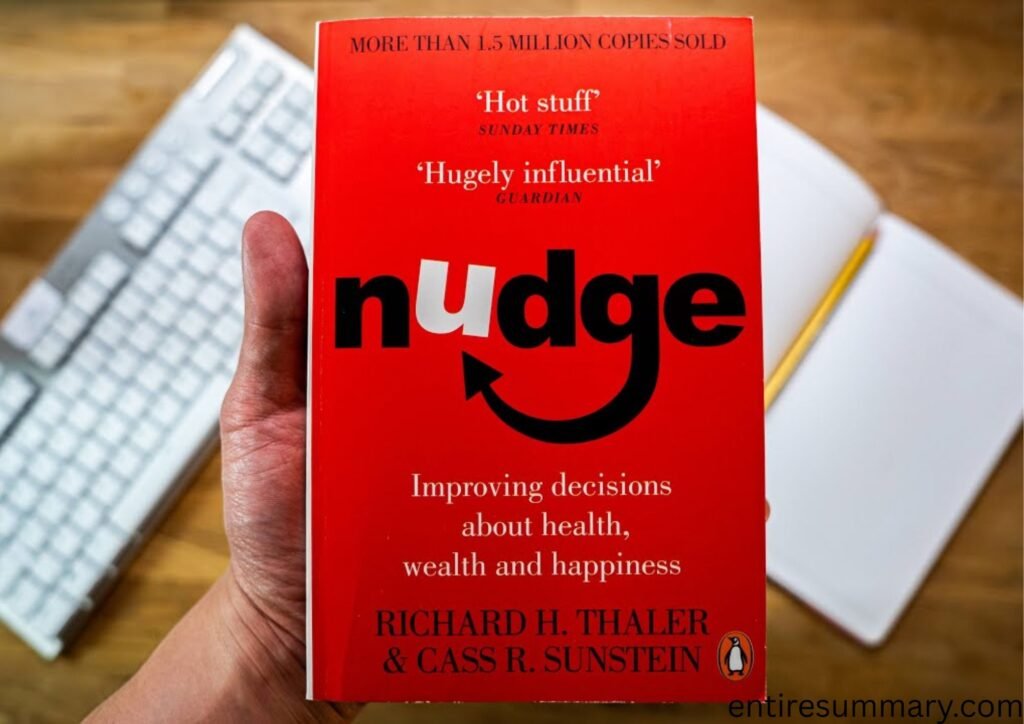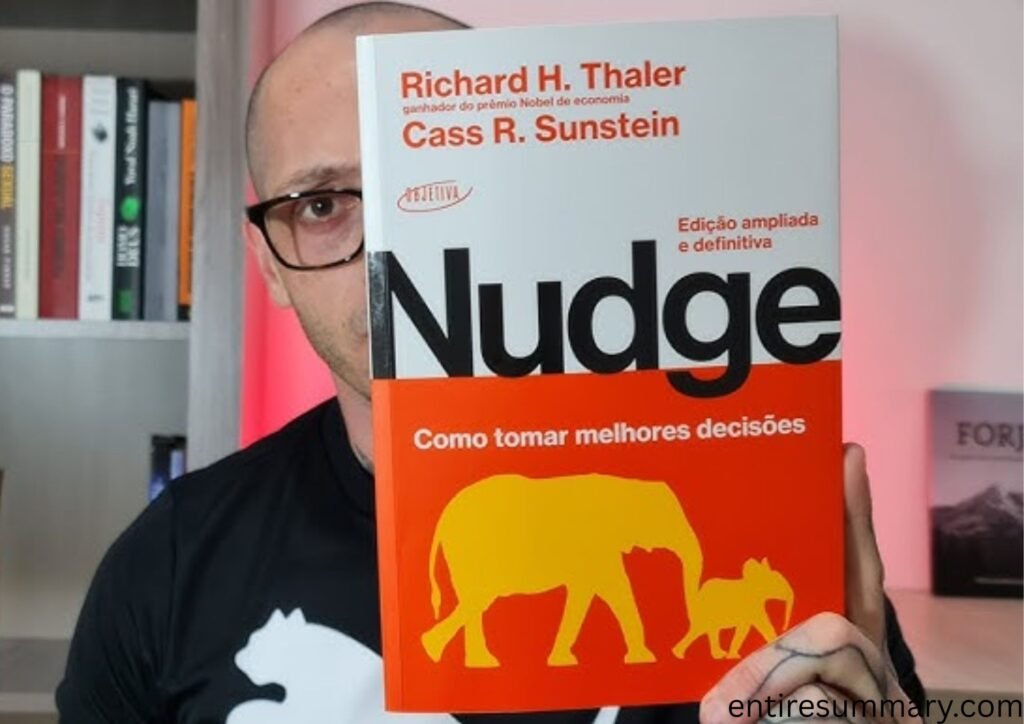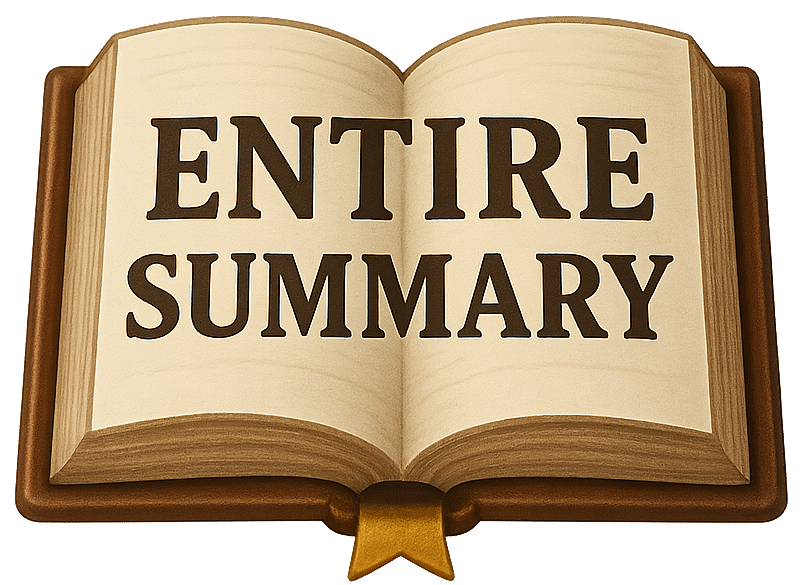Nudge is seen as a pivotal work that changed the way people think about behavioral economics. The book explores how small, subtle changes in the way choices are presented can significantly influence people’s decisions, often for their own good. It’s a fascinating look at the intersection of psychology and economics, and it provides a framework for understanding how we can all make better choices. This isn’t about forcing people to do things; it’s about designing environments that make wise choices more likely, a concept the authors call “libertarian paternalism.”
The First Half: Understanding Our Human Flaws
Thaler and Sunstein begin by introducing the core idea that we, as humans, are not the perfectly rational beings often assumed by traditional economics. They call us “Humans” as opposed to the mythical “Econs,” who always make logical, self-interested decisions. She felt a strong pull toward psychology, a subject in which she truly excelled.
The writers point out how various mental shortcuts and thought patterns shape the way we make decisions. They discuss how our decisions are often guided by “System 1” thinking—fast, intuitive, and emotional—rather than “System 2″—slow, deliberate, and rational. That core difference is the main point of the book.
Also read: /the-interpretation-of-dreams/
A key concept is the “choice architecture,” which refers to the way a decision-making environment is organized. The authors use simple yet powerful examples to illustrate this. A classic one is the design of a school cafeteria. By placing healthy food at eye level and less healthy options in less prominent locations, a choice architect can gently nudge students toward healthier choices without restricting their freedom to choose. This is libertarian paternalism in action: you are free to pick whatever you want, but the default option or the easiest path is the one that benefits you.
The book delves into specific biases that affect our lives. The “anchoring effect,” for example, shows how our initial exposure to a number or a price can influence subsequent judgments. If you see an expensive item first, a second, slightly less expensive item seems like a great deal. Another major theme is the “availability heuristic”—we overestimate the probability of events that are easily recalled from memory. This is why people might worry more about a plane crash than a car accident, even though the latter is far more likely. The authors also discuss “loss aversion,” our tendency to feel the pain of a loss more acutely than the pleasure of an equivalent gain, which explains why we cling to things we own even when we might be better off without them.

The Second Half: Putting Nudges to Work
After establishing the foundation of human irrationality, Thaler and Sunstein shift their focus to applying these insights to real-world problems. This is where the concept of “libertarian paternalism” truly comes into its own. They argue that since a choice architecture is unavoidable—someone has to decide where the food goes in the cafeteria, for example—we might as well design it to benefit people. This isn’t about coercion; it’s about helping people make better decisions for themselves without taking away their freedom to choose.
The book provides compelling examples of successful nudges. One of the best-known examples is the contrast between automatically being included in something versus having to sign up for it yourself. opt-in system for organ donation. In countries with an “opt-in” system, where you have to actively sign up to be a donor, donation rates are very low. In contrast, countries with an “opt-out” system, where you are automatically a donor unless you explicitly say no, have significantly higher donation rates. The choice is still there, but the default option has a huge impact.
The authors apply this principle to many other areas, including personal finance and health. They discuss how setting up automatic enrollment for retirement savings plans can dramatically increase participation rates. People are often too lazy or busy to sign up on their own, but if they are automatically enrolled with the option to opt out, they tend to stay in the program. This simple nudge helps people save for their future without any government mandates.
In healthcare, the book explores how nudges can encourage people to get flu shots, stick to their medication schedules, and eat healthier. For instance, making it easier to see how much salt is in a meal at a restaurant can nudge people toward healthier options. The climax of the book is the powerful realization that we are all, in a sense, choice architects. Whether we’re designing a website, a government policy, or simply organizing a kitchen pantry, our decisions influence the choices others make. The resolution is the call to action: we should use this power responsibly to help people lead better lives.
Key Takeaways
- We are not perfectly rational. We often make choices based on mental shortcuts and ingrained ways of thinking, rather than on pure logic.
- A “choice architecture” is always present. THow choices are set up and shown to us will always have an effect on what we decide.
- “Libertarian paternalism” is a powerful and ethical tool. It allows us to help people make better choices without restricting their freedom.
- Small changes can have a big impact. Subtle nudges, like changing a default option, can lead to significant positive outcomes for individuals and society.
- We are all choice architects. We can apply the principles of “Nudge” in our own lives and in the systems we design.

FAQs
What is “Nudge” in simple terms?
A nudge is a way of designing choices that subtly guides people toward a certain behavior, without taking away their freedom to choose or changing the financial cost.
How is “Nudge” different from a government mandate?
A mandate forces people to do something. A nudge, in contrast, leaves all choices open. The government could mandate that everyone save for retirement, but a nudge would be automatically enrolling people in a savings plan while allowing them to opt out.
“The book mentions ‘Humans’ and ‘Econs’—who are they?”
“Econs” are the hypothetical, perfectly rational, self-interested beings assumed in traditional economic models. “Humans” are the real people—imperfect, biased, and emotional—who actually make decisions in the real world.
Can nudges be used for bad purposes?
Yes, they can. Nudges can be used to manipulate people into making bad choices, which the authors call “sludge.” For example, a company might use misleading default settings or confusing language to trick people into signing up for a costly subscription.
How can I use the principles of “Nudge” in my own life?
You can become your own choice architect. For example, to eat healthier, you can place fruits and vegetables in a visible spot in your fridge and hide junk food. Setting up automatic deposits into a savings account is a great way to save more money.
Why is the “default option” so important?
The default option is what people get if they do nothing. Since many people are lazy or busy, they often stick with the default. This makes the default a powerful tool for encouraging good behavior, from organ donation to retirement savings.
Does the book offer a universal solution for all problems?
No, the authors are careful to state that nudges are not a silver bullet. They are a valuable tool, but they must be used carefully and ethically. They are most effective when they address cognitive biases, but they can’t solve every complex social problem on their own.
Final Thoughts
“Nudge” is an eye-opening book that will change the way you think about human behavior. It’s a practical and optimistic read that shows how we can design a world that helps us all make better choices. If you want a book that combines psychological insight with real-world application, this is a must-read. For those who enjoy this kind of work, consider exploring “Thinking, Fast and Slow” by Daniel Kahneman for a deeper dive into the biases and heuristics discussed in “Nudge.”

